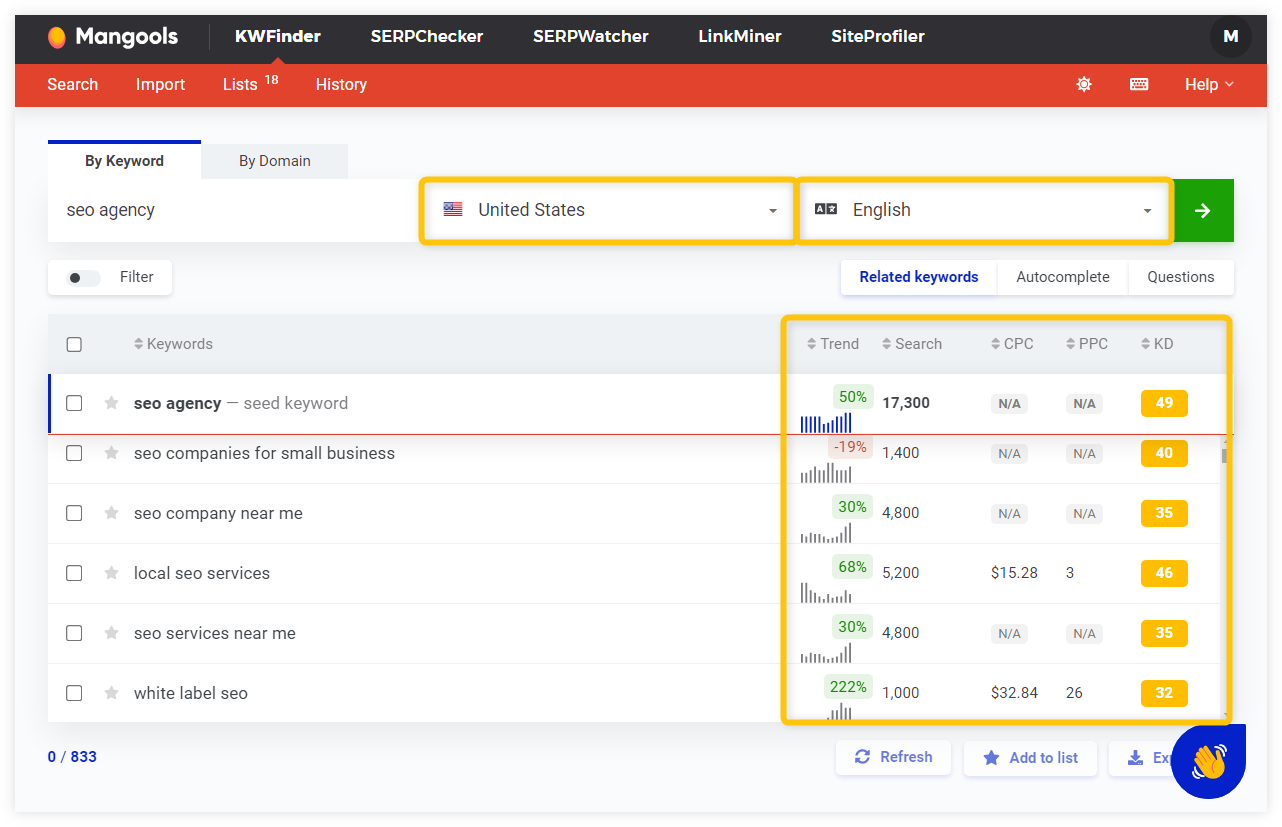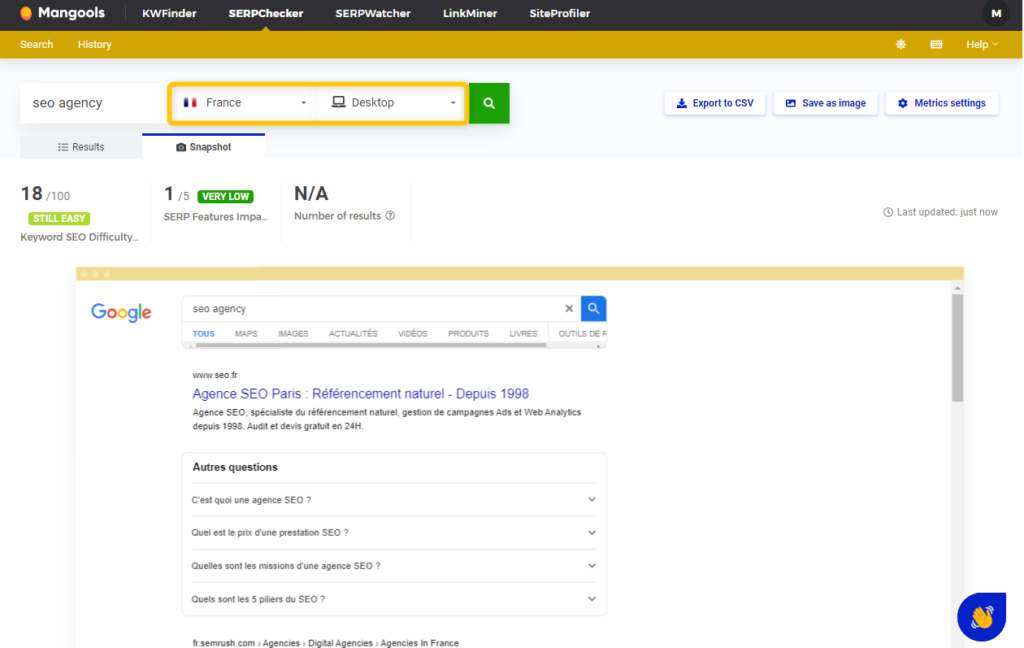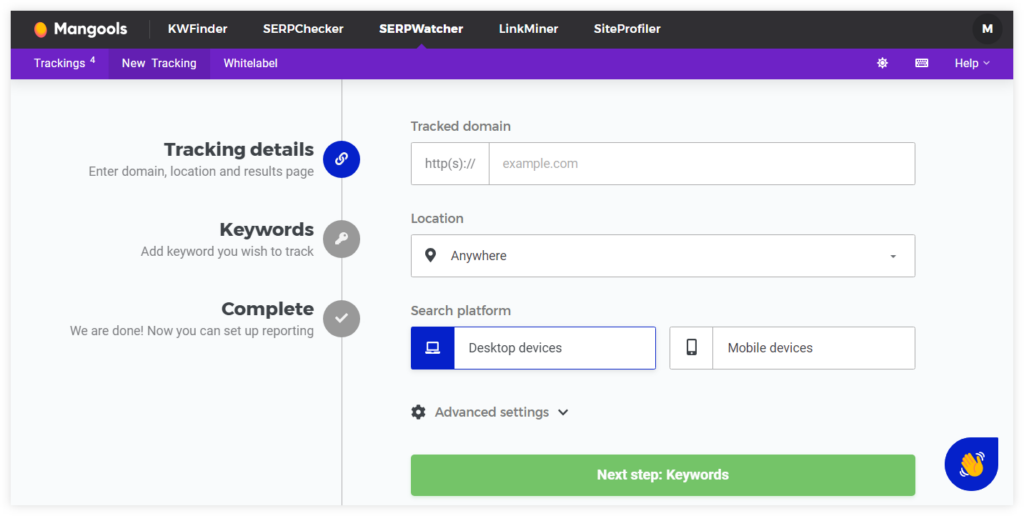What is international SEO?
International SEO involves optimizing your website for different regions and languages in order to ensure that it ranks well in Google Search worldwide.
This strategy is essential for businesses targeting customers in multiple countries or languages, and it’s based on the use of various techniques, from structuring your website to cater to different regions to tailoring content for cultural relevance and language accuracy.
What is the difference between international SEO and local SEO?
The main difference between international and local SEO lies in their scope and target audience.
While international SEO focuses on optimizing a website for multiple countries and languages, catering to a diverse global audience, local SEO is more region-specific.
Think of it this way — local SEO aims at attracting customers in a particular area, using local keywords and optimizing for local search trends.
Local SEO is crucial for businesses that rely on local customer bases, while international SEO is key for global reach and engagement.
Why is international SEO important?
International SEO is vital for businesses looking to expand their reach beyond local markets.
It opens doors to global audiences, offering vast opportunities for growth and brand recognition.
By optimizing for different regions and languages, businesses can significantly increase their visibility in international markets.
1. Increased visibility
International SEO makes your website accessible to a global audience, enhancing your online presence.
This leads to better brand recognition and the potential to tap into new markets. Implementing international SEO significantly boosts your website’s visibility across the globe.
Google drives 92.96 percent of global traffic, and it’s used in every corner of the world. If you’re not optimizing for other countries, you’re missing out on a huge audience out there.
By optimizing for different regions and languages, your site becomes more accessible and discoverable to a diverse audience.
This global exposure can dramatically improve brand recognition and credibility, opening up opportunities to enter and succeed in new markets.
For example, a website optimized for both the US and Japan could experience a notable increase in engagement from Japanese users, leading to potential market expansion and brand growth in that region.
2. Bigger reach (and organic traffic)
Did you know that 68.6% of Cola Cola’s sales come from the international market? Or that 53% of IBM’s revenues are from sales abroad?
With international SEO, you’re not just limited to local customers.
Your content reaches people worldwide, increasing your organic traffic. This broader reach also diversifies your customer base, leading to potential growth in various markets.
By catering to a global audience, you’re not limited to the confines of local searches.
This broadened reach diversifies your audience, potentially leading to higher engagement rates and growth in various international markets.
For example, a business that optimizes its website for multiple European countries could see a significant uptick in organic traffic from these regions, expanding its customer base beyond its original local market.
3. Content or product differences in regions
Tailoring your content or products to different regions through international SEO acknowledges and respects cultural and regional differences.
It ensures that your offerings align with the specific needs, languages, and preferences of each target market, fostering a more personal and effective connection with global customers.
Adapting content and products for various regions through international SEO is essential for global market success.
This is important because what works in your region or country will not necessarily work well for your business abroad.
For example, a beauty brand might modify its product offerings and marketing messages to suit preferences in Asian markets, which could differ significantly from European or American markets.
Such tailoring not only shows respect for cultural differences but also enhances user engagement by providing relevant, localized experiences.
Businesses that successfully adapt to regional nuances can build stronger, more meaningful connections with their global audience, potentially leading to increased loyalty and sales in those markets.
How to prepare an international SEO strategy?
Developing an effective international SEO strategy begins with understanding the different markets, and then tailoring your approach to meet the varying needs and search behaviors of different regions and languages.
a) Conduct a thorough keyword research
The key to any successful SEO strategy is keyword research, and this is even more crucial in international SEO.
Understanding what your global audience is searching for and how they phrase their queries is an essential first step.
Tools like KWFinder from Mangools can help you identify high-traffic keywords in various languages and regions, providing insights into local search trends and competition levels.

This targeted approach ensures that your content is not only found but also relevant and engaging to a global audience.
b) Perform international SERP analysis
International SERP analysis allows you to gauge how your website performs across various global markets by examining your site’s ranking for specific keywords in different regions.
For example, a website might rank well for a keyword in the US but not in France, indicating a need to adjust SEO strategies for the French market.
Analyzing these differences helps you understand regional preferences and competition, enabling you to tailor your SEO efforts to each specific market.
This strategic approach ensures that your website is optimized for visibility and relevance in every target region, maximizing your international online presence.
SERPChecker allows you to view Google SERPs in different countries, providing insights into how your site appears in various global markets.

This analysis helps you gauge your international presence and identify areas for improvement, so you can compare your rankings with competitors in each region and adapt your SEO strategy to target specific audiences more effectively.
c) Understand local intent
Understanding local search intent is essential in international SEO as it influences how and why users in different regions interact with search engines.
For example, the search term “football” will yield different results and expectations in the US (American football) compared to the UK (soccer).
By understanding these differences, you can better align your website’s content with local expectations and preferences.
This tailored approach ensures that your content meets the specific needs and cultural contexts of each target audience, improving engagement and effectiveness in international markets.
SERPChecker’s ability to provide localized search results becomes invaluable here.
It helps you understand what people in different regions are looking for when they enter specific queries.
This understanding of local intent is essential for tailoring your content to meet the unique needs and preferences of each target audience, as well as for helping you align your keyword strategy with the local search behaviors.
d) Adjust content according to the regions
Adjusting content involves more than just translating text — it requires cultural adaptation to ensure that the content resonates with each specific audience.
This adaptation might include altering imagery, examples, and idiomatic expressions to suit cultural differences.
It also involves ensuring that the content is relevant to the local market’s needs, interests, and search habits.
e) Focus on local link-building
Local link-building is a critical component of international SEO, as it helps to establish your website’s authority within specific regional markets.
By acquiring links from locally relevant websites, you enhance your site’s relevance and credibility in that region.
This strategy involves reaching out to local influencers, bloggers, and industry websites, adapting your outreach to respect and reflect local customs and language.
Mangools’ LinkMiner is an effective tool for this purpose. It allows you to identify and analyze backlinks of competitors, giving you insights into effective local link-building strategies.

With LinkMiner, you can discover new link opportunities, evaluate the strength of potential backlinks, and strategically plan your local link-building efforts to boost your international SEO success.
How to do international SEO
Implementing international SEO ensures your content is easily accessible and relevant to users from different regions —but it requires a number of steps to make sure it properly works.
1. Deploy region-specific URLs
Using region-specific URLs is key to catering to international audiences. Options include:
- ccTLD (Country Code Top-Level Domain): These are country-specific domains like ‘.fr’ for France. They signal to users and search engines that the content is tailored for a specific country. Example: ‘www.example.fr’.
- Subdomains: A subdomain can designate a specific regional or language version of your site, such as ‘de.example.com’ for German.
- Subdirectory or Sunfolders: This involves creating a separate section on your website for each region or language, like ‘www.example.com/de/’ for German content.
- Language Parameters with gTLD (Generic Top-Level Domain): For websites with a generic domain like ‘.com’, language parameters can be used to create language-specific versions. Example: ‘www.example.com?lang=de’.
- Different Domain: Sometimes, a completely different domain is used for different regional versions of a site.
Geotargetly can assist in this process by redirecting visitors to the appropriate regional or language version of your site, enhancing user experience and SEO efficacy.
For more information on how GeoTargetly can aid in setting up region-specific URLs, visit GeoTargetly.
2. Use hreflang tags
The hreflang tag is an essential element in international SEO, as it helps search engines understand which language and regional audience a webpage is targeting.
For example, by using ‘hreflang=”en-gb“‘ on a webpage, you’re telling search engines that the content is intended for English speakers in the UK.
Proper use of hreflang tags prevents duplicate content issues in different languages and improves the user experience by directing them to the most appropriate version of your site.
3. Create region/language-specific content
Tailoring content to suit specific regions and languages means not just translating text but also considering cultural nuances, local trends, and preferences.
For example, a marketing campaign successful in one country might not resonate in another due to cultural differences.
Creating region-specific content involves in-depth research and an understanding of the local market, ensuring that your message aligns with the audience’s values and interests to increase engagement and relevance.
4. Website speed and performance
Slow-loading sites can lead to high bounce rates, especially for users in regions with slower internet connections.
Optimizing images, leveraging browser caching, and using a Content Delivery Network (CDN) can significantly improve load times.
Additionally, choosing a reliable hosting service that offers good performance globally is vital.
It’s essential to regularly test your website’s speed from different locations to ensure all users have a smooth experience, regardless of their geographical location.
This approach not only enhances user satisfaction but also positively impacts search engine rankings.
How to measure the performance of international SEO
To understand the impact of your SEO efforts and to guide future efforts, you’ll need to analyze various metrics.
This will allow you to gauge how well your website is performing across different global markets.
There are several tools that can help you in this process:
Google Search Console
Google Search Console (GSC) offers insights into how various pages perform in international search results, including impressions, clicks, and rankings for targeted keywords.
By regularly reviewing GSC data, you can make informed decisions to optimize your international SEO strategy further.
For example, GSC can show if pages optimized for the German market are actually ranking higher in Germany.
It also provides data on potential issues, like if certain content isn’t being indexed properly in specific regions.
By analyzing this rich data set, you can fine-tune your SEO strategies to better cater to each international market.
Google Analytics 4
Google Analytics 4 provides comprehensive data on user behavior, traffic sources, and engagement metrics across different regions and languages.
Through it, you can see how users from different countries interact with your site, which pages they visit the most, and their conversion rates.
This detailed breakdown helps identify which international markets are responding well to your SEO efforts and where there might be opportunities for improvement.
SERPWatcher
Tracking your rankings allows you to see how well your site is performing in targeted countries but also helps identify areas needing improvement.
By closely monitoring regional rankings, you can gain insights into the effectiveness of your localized SEO strategies and understand the preferences and behaviors of diverse global audiences.
This data is crucial for refining your approach and ensuring that your content is resonating with and reaching the right international markets effectively.
Tools like SERPWatcher allow you to monitor your website’s search engine rankings across various countries and languages, providing real-time updates and detailed insights into how well your pages are performing in target markets.

With SERPWatcher, you can also identify which regions are responding best to your SEO efforts and adjust your strategy accordingly to maximize visibility and engagement in each specific market.
